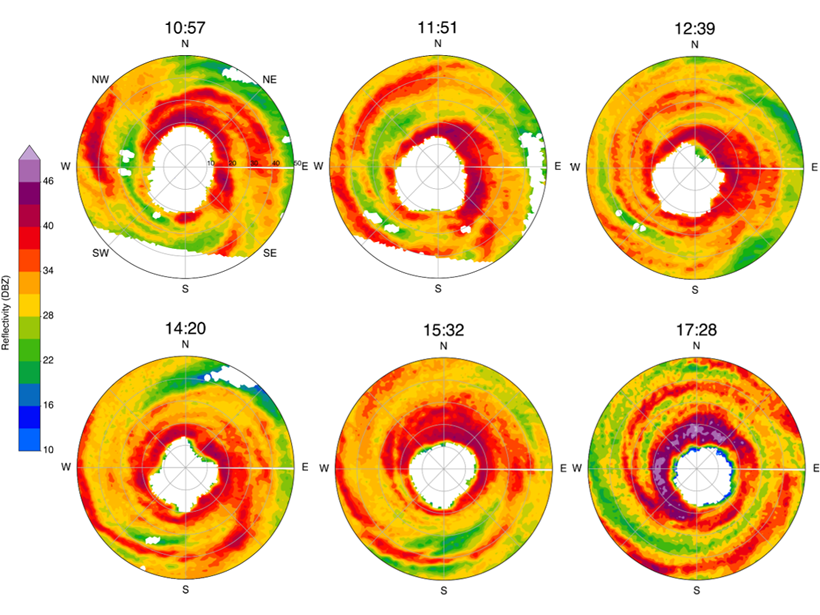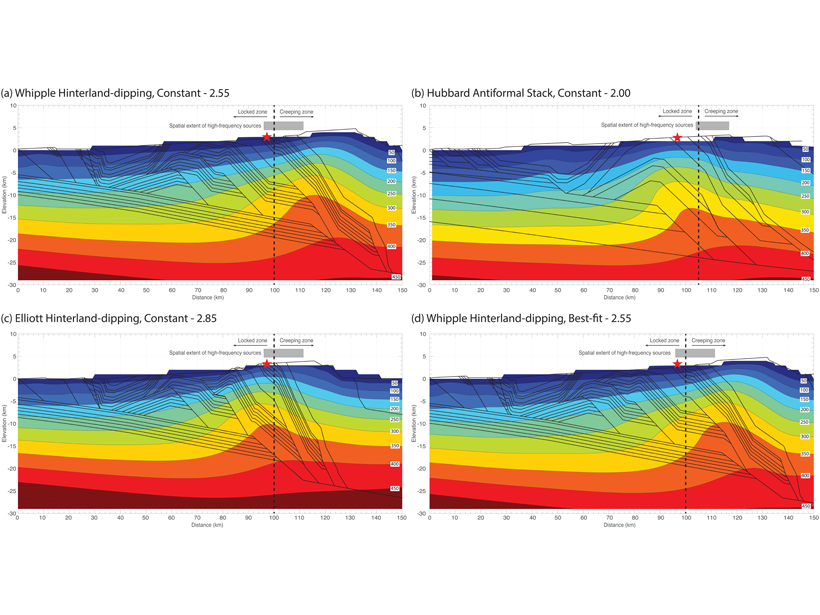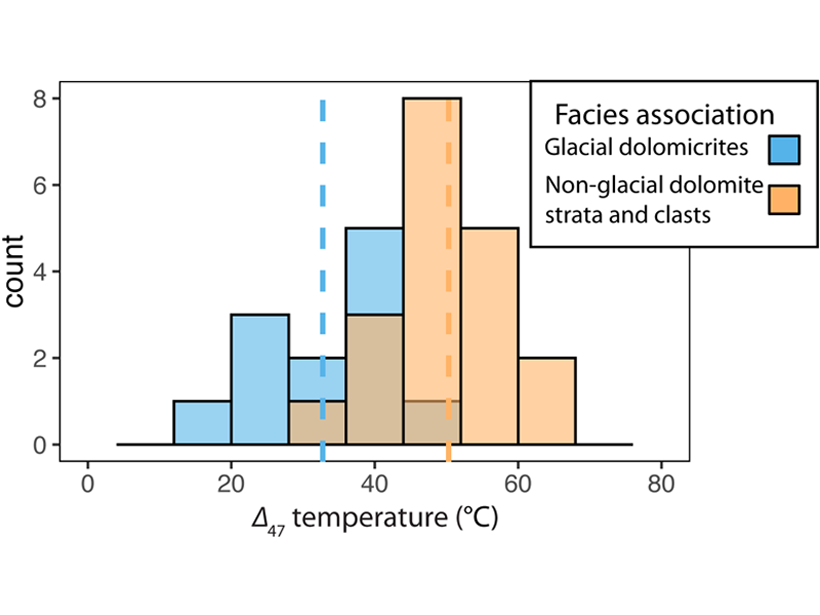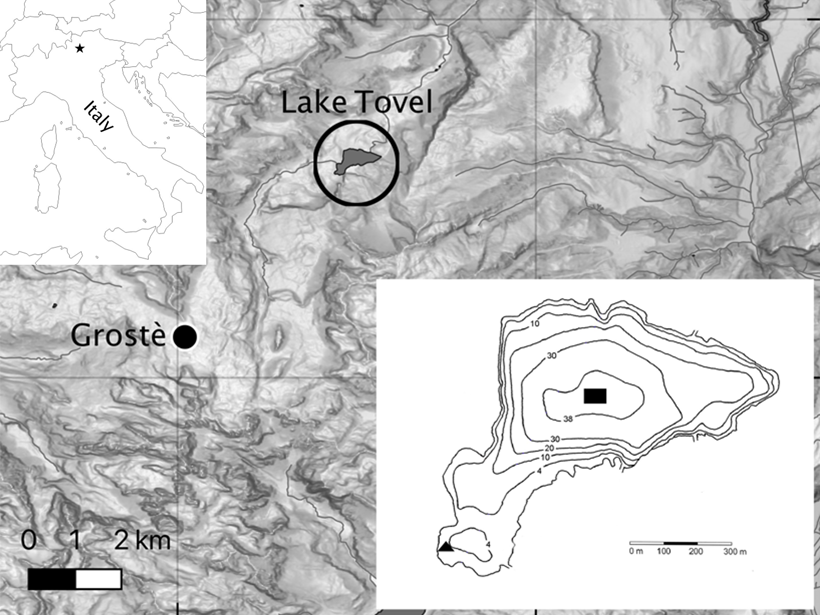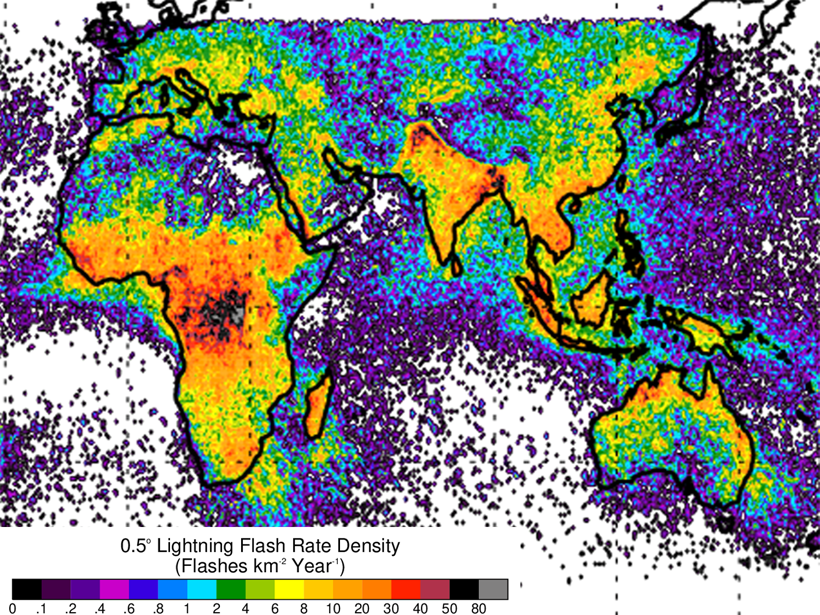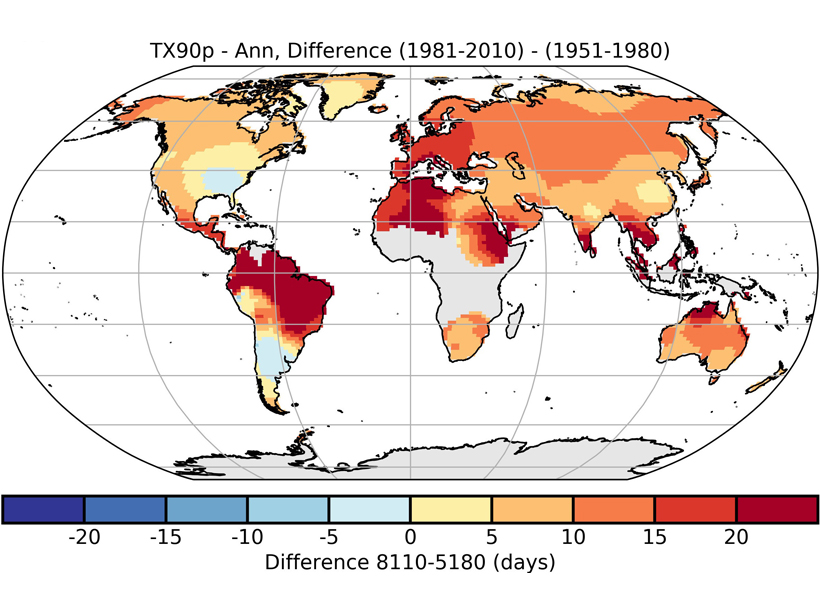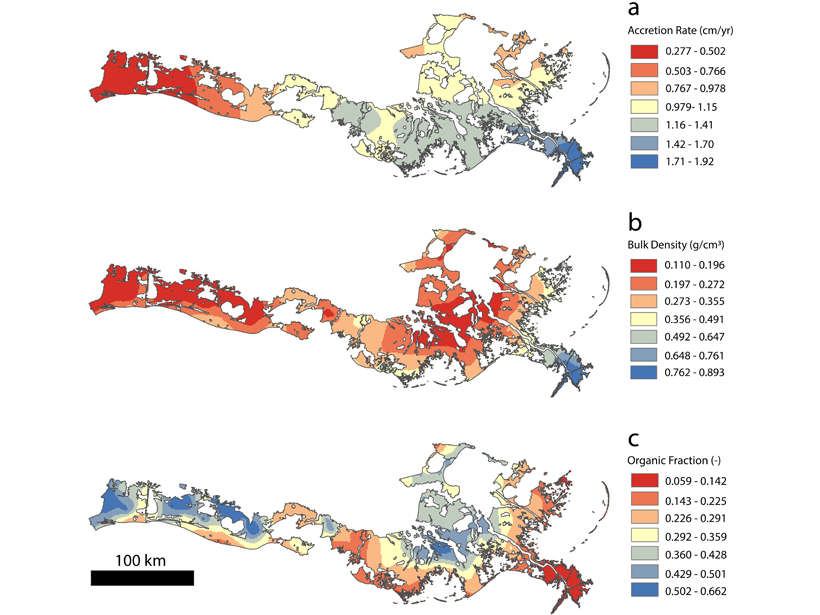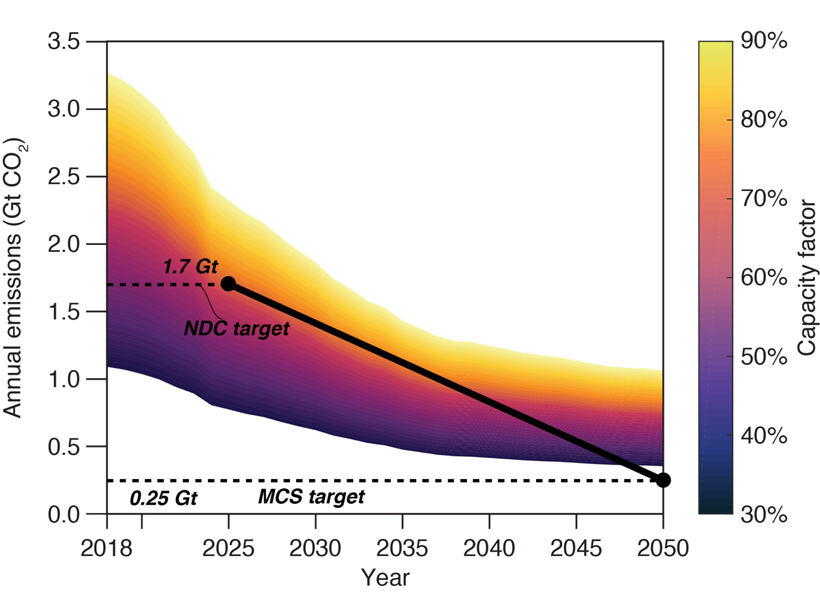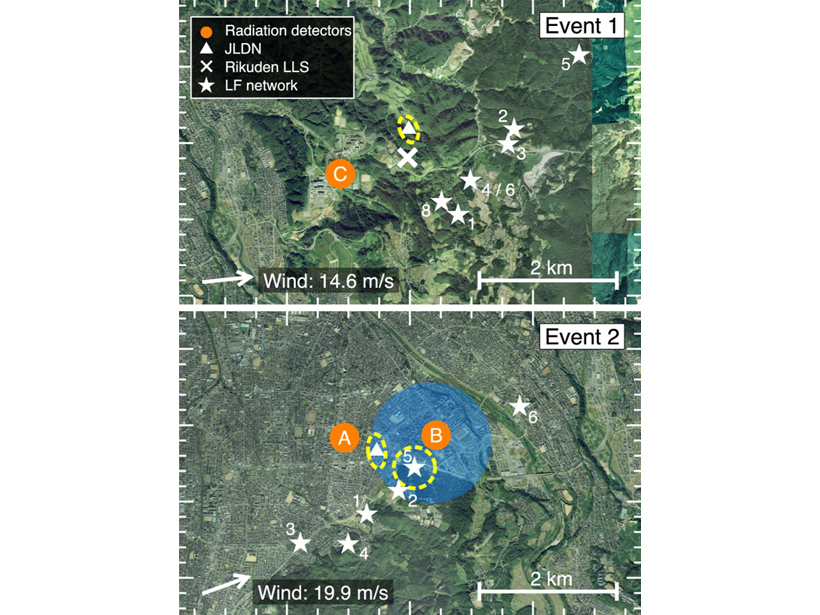The observational evidence of the wind field of Hurricane Michael using radar imagery showed an eyewall structure evolution with elliptical, triangular, and square shapes for the first time.
Editors’ Highlights
Deconvolving What Lies Beneath the Himalaya
A new study that combines constraints from the 2015 Gorkha earthquake, forward models of deforming crust, and thermochronology data gives new insights into the structure of the Himalaya.
Measuring Paleoclimate During a Deep-Time Deep Freeze
New application of clumped-isotope thermometry to 700-Myr rocks documents large climate swings related to Snowball Earth glaciation and offers better understanding of an earlier Earth system.
Climate Warming Improves Oxygen Mixing in a High-Altitude Lake
Long term weather and lake data from a high elevation lake in the Alps demonstrate that climate warming may actually improve the ability of high-altitude deep lakes to mix their waters.
A New Look at Global Lightning from the Space Station
The Lightning Imaging Sensor on the International Space Station provides an expanded view of global lightning that improves scientific understanding of the Earth as well as public safety.
A New Dataset of Temperature and Precipitation Extremes
HadEX3 is an updated dataset of gridded temperature and precipitation extremes, that covers the period of 1901 to 2018 and has improved spatio-temporal coverage.
Coastal Sediment Deficit Appears Smaller Than Previously Thought
With a deficit of sediment needed to compensate for relative sea level rise, a new study demonstrates that organic material cannot be ignored in evaluating mass and volume accumulation rates.
Committed U.S. Power Emissions Incompatible with Paris Agreement
Without a significant reduction in usage, committed emissions from coal and gas plants in the United States are already incompatible with the country’s pledges under the Paris climate agreement.
Streamer Corona Discharges in Thunderstorms Detected from Space
Concurrent detection from space and the ground of blue optical flashes from streamer corona discharges at altitudes between 8.5 and 14 kilometers and radio waves.
Lightning Discharge Type Linked to Terrestrial Gamma‐Ray Flashes
For the first time, the connection between energetic in cloud pulse and terrestrial gamma‐ray flashes is confirmed in the Gamma-Ray Observation of Winter Thunderclouds experiment in Japan.

